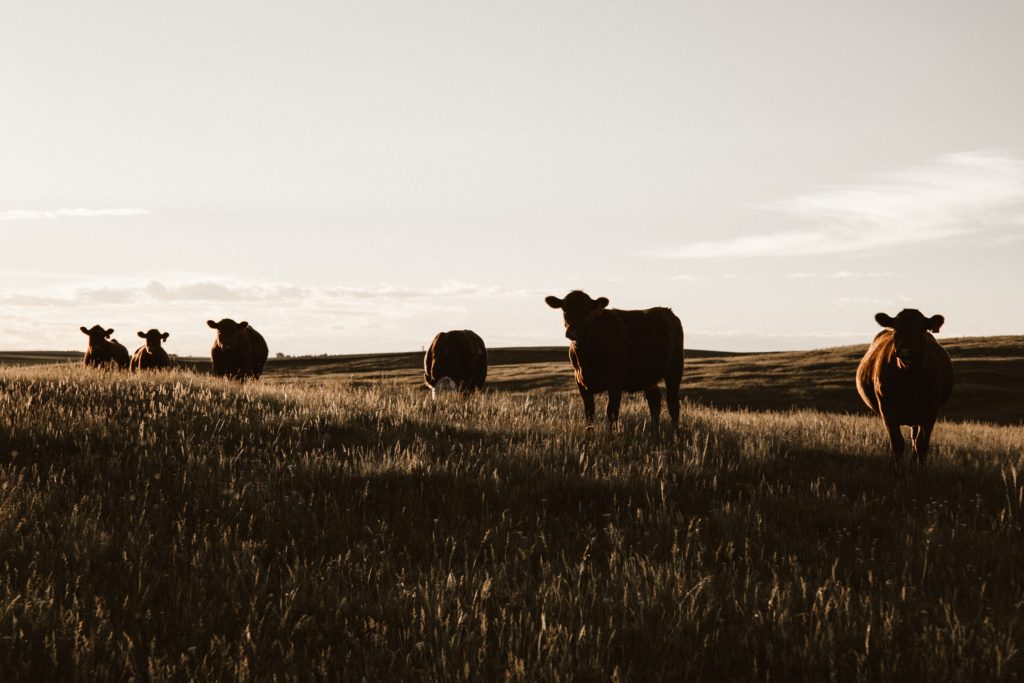
Let me start out with a disclaimer here: I am by no means a family lawyer. This was the one area of law I knew I did not want to practice when I went to law school. That said, I’ve seen this issue come up a couple of times and it involves cattle, so it seems important to include on an ag law blog.

Photo by Priscilla Du Preez on Unsplash
Texas is a community property state. Property can be categorized as separate or community. Separate property is property that one spouse brought into the marriage, gifts given only to one spouse during the marriage, or property inherited by one spouse during the marriage so long as that property stays separate ind is not re-characterized as or intermingled with community property. Community property consists of any income received during the marriage and any property purchased with income received during the marriage.
Under Texas law, if parties are getting divorced, the court will divide the community property as part of the divorce decree, but separate property is not divided and remains owned by the individual spouse.
All on hand at the time of the divorce is presumed to be community property. In order to rebut this presumption and have certain property deemed separate property, the property’s separate character must be shown by clean and convincing evidence.
Essentially, in order to prove that property is separate and not part of the community estate, a person must be able to trace the property back to show that it was, indeed, separate property. For example, if a person could show with documentation that he or she purchased a certain piece of property prior to marriage and that property was not intermingled with community property, that would likely overcome the presumption of community property. The issue gets more complicated when separate property and community property are commingled. In that situation, courts have held that if property is “so commingled as to defy segregation and identification,” the statutory presumption of community property applies.
In re Marriage of Stegall
The issue of cattle and community property arose in In re Marriage of Stegall, a divorce case decided by the Amarillo Court of Appeals in 2017. [Read opinion here.]
Kerry and Julie married in April 2009 and Julie filed for divorce in November 2013. Kerry testified that at the time of their marriage, he owned 163 head of cattle. At the time of the divorce, he owned 191 head of cows and calves. He admitted to not being good at recordkeeping, and was inconsistent in his testimony regarding the number of cattle he owned at various times. Kerry argued all of the cattle and calves owned at the time of the divorce were his separate property. The trial court agreed. Julie appealed.
The Amarillo Court of Appeals reversed the trial court’s decision and held that Kerry failed to prove the cattle were separate property. Kerry failed to overcome the presumption of community property here because the cattle were so commingled as to defy resegregation and identification. In particular, the court noted that although cows owned prior to marriage were separate property, any offspring born during the marriage were community property. Here, cattle born during the marriage were commingled with cattle that Kerry owned prior to the marriage, and there were no records allowing adequate tracing back or proof of which cattle fell into which category. Thus, the court held that Kerry failed to meet the burden of proof required to prove the cattle were his separate property. Instead, they were deemed community property.
Why Do We Care?
This is an issue that could certainly arise for livestock producers going through a divorce. It could also have implications for families where a livestock owner dies without a will (“intestate”) because in certain situations under the Texas intestate succession statutes, there may be different heirs for community property than for separate property. In both of these situations, the determination of whether livestock are considered separate or community property could determine ownership of the animals.
Parties wishing to keep certain livestock separate should keep careful records regarding the animals owned at the time of marriage and any offspring born during the marriage. Without this type of detailed records, it will likely be very difficult to overcome the community property presumption.
Another option for parties wishing to keep livestock (or other separate property) separate is to enter into a pre-nuptial or post-nuptial agreement. These are contractual agreements between potential spouses (pre-nup) or current spouses (post-nup) where the parties can agree that certain property and/or income from certain property is to remain separate and shall not be considered community property. It is recommended that parties consult with an attorney to draft these types of agreements.
Lastly, it is important for Texans to realize that just because assets may be separate property at some point, that does not guarantee that designation will always apply. Keep in mind that any income during the marriage–whether from separate or community property–is deemed to be community property. Here, that is why the calves born during the marriage, even if they were born from cows that were separate property, were deemed community property. Because of this, property can easily become so commingled that tracing back and proving it separate may be difficult, or like in the Stegall case, impossible.












